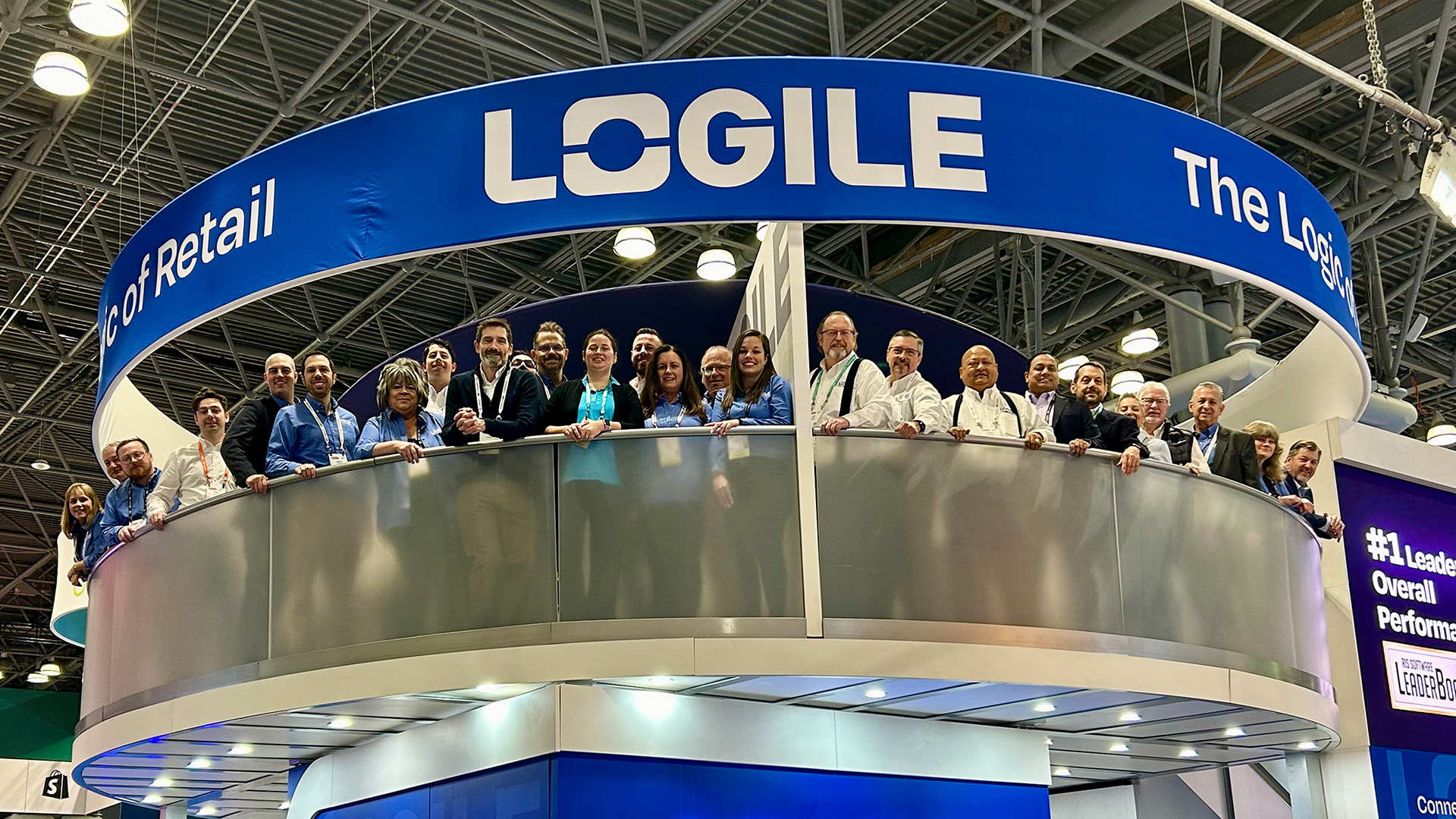4 minute read
Food Safety Is Clearly Crucial in Retail. How Does One Do It Well?

Retailers are not surprised at how important food safety is to their organization’s overall health and their customers’ general well-being. The Centers for Disease Control (CDC) statistics show that one in six Americans will get sick this year from contaminated food.1 Foodborne illness causes an estimated 48 million illnesses, 128,000 hospitalizations and 3,000 deaths per year.2 On top of that, food-based pathogens cause upward of $15.6 billion in estimated annual reparations to U.S. companies,1 which doesn’t include opportunity cost. That’s astounding, and we know that most retailers get it. This blog post is less about the what and more about the how; how are retailers implementing food safety prevention in an economic way?
A (very) quick overview of contemporary food safety regulation
Over the last 40 years, governmental agencies like the Food and Drug Administration (FDA) and Food Safety and Inspection Service (FSIS) cracked down on manufacturers, distributors and retailers to move from reactive to proactive food safety. One mechanism for doing this is the Food Code, which is a model providing local governments and institutions with scientific, technical and legal regulations to oversee food service. The FDA updates this every four years to maintain relevance, but the Food Code version adopted by retailers is state-dependent, making it chaotic for large, multistate chains.
Another mechanism to proactively prevent food contamination is called the Hazard Analysis and Critical Control Point (HACCP) method, overseen by the FSIS. HACCP (“haa-sup”) is a systematic process to determine critical moments in food transportation or preparation when biological agents can be eliminated. Many retailers are implementing HACCP within stores to reduce bacterial contamination. In today’s post, we will look at how HACCP can be implemented at the retail level without it becoming an economic burden. Specifically, we will discuss how HACCP is augmented by state-of-the-art food safety technology.
How to implement HACCP in retail
To develop how technology aids HACCP, let’s review HACCP’s structure. Found below is a brief outline of each HACCP stage and its important elements.
- Perform a hazard analysis. This includes mapping out operational steps within product production, particularly flagging where food crosses dangerous temperature zones. Store clusters with varying offerings should be mapped differently. Note that preexisting labor standards can be leveraged to complete this stage.
- Decide on critical control points. Once a retailer understands inherent hazards within the process, critical control points (CCPs) are developed. These are new sub-processes inclusive of associates checking product to ensure pathogens are eliminated. Abolishing pathogens occurs through reaching appropriate temperatures in the cooking and cooling processes, as well as maintaining suitable case holding temperatures.
- Determine critical limits. Critical limits are the minimum standards for cooking or cooling that will destroy biological or chemical pathogens. These limits are outlined within regulatory documents, such as the FDA’s Food Code.
- Establish procedures to monitor CCPs. In business, the moniker, “you can only manage what you measure” holds true here. Mechanisms for monitoring CCPs, including technological solutions, are imperative to preventing outbreaks.
- Establish corrective actions. Although CCPs and critical limits will prevent most contamination, some will occur. When this happens, a retailer must swiftly execute a predetermined plan to correct the issue.
- Establish verification procedures. This includes testing the equipment and procedures used in step four. Through technology, system audits can help managers be reasonably sure contamination will be eliminated or caught before food sales.
- Establish a record keeping system. Performing steps one through six results in tremendous data capture, analysis and storage. Organizations will have the stamina to keep HACCP ongoing only if they utilize an efficient, effective record keeping system.
How food safety technology makes HACCP exceptional
Several HACCP stages stand out as opportunistic for utilizing technological solutions to implement food safety prevention…economically. Take step one; if a retailer has a labor standards system in place, operational detail is already at the retailer’s fingertips. However, steps one through three only need to be completed initially; thereafter they are reviewed periodically through the year. Steps four, five, six and seven are particularly advantageous for tech interventions. If retailers utilize technology at these stages, financial benefits abound. Allow for an explanation.
First, monitoring procedures for CCPs run daily. Examples include temperature checks (of technology and food), procedure logging, sanitation logging and more. Anytime food items transition through temperature zones, contamination is possible. Even when food is stationary, it can become pathogenic if a cooler does not work properly. Second, the potency of step five is directly determined by a retailer’s quick communication. Consider the difference between a retailer with mobile applications and those without; one will squash the threat much more quickly.
Finally, we arrive at steps six and seven. Retailers know that audits and analysis do not produce sales, but they are necessary for keeping customers safe. Thus, the more efficient auditing processes become, the more lucrative. When food safety is integrated, creating a comprehensive, system-based solution, every piece of data collected at each store can be accessed instantaneously from the web. Reports can be run on the spot. Verification of systems can be done while managers are traveling from one location to the next. The savings rack up.
In conclusion, retail leaders understand the necessity of food safety. Governmental organizations like the FDA and FSIS are offering structured policies like HACCP to retailers to help with prevention. However, without technology, these methodologies become overwhelming and difficult to maintain. With technology, the opposite is true. Food safety prevention is not only manageable, but it can also be fruitful (pun intended)!
References
- Center for Disease Control and Prevention (CDC). (2018, November 15). CDC and food safety. gov. Retrieved from https://www.cdc.gov/foodsafety/cdc-and-food-safety.html
- Center for Disease Control and Prevention (CDC). (2018, February 16). Foodborne Illnesses and Germs. gov. Retrieved from https://www.cdc.gov/foodsafety/foodborne-germs.html



